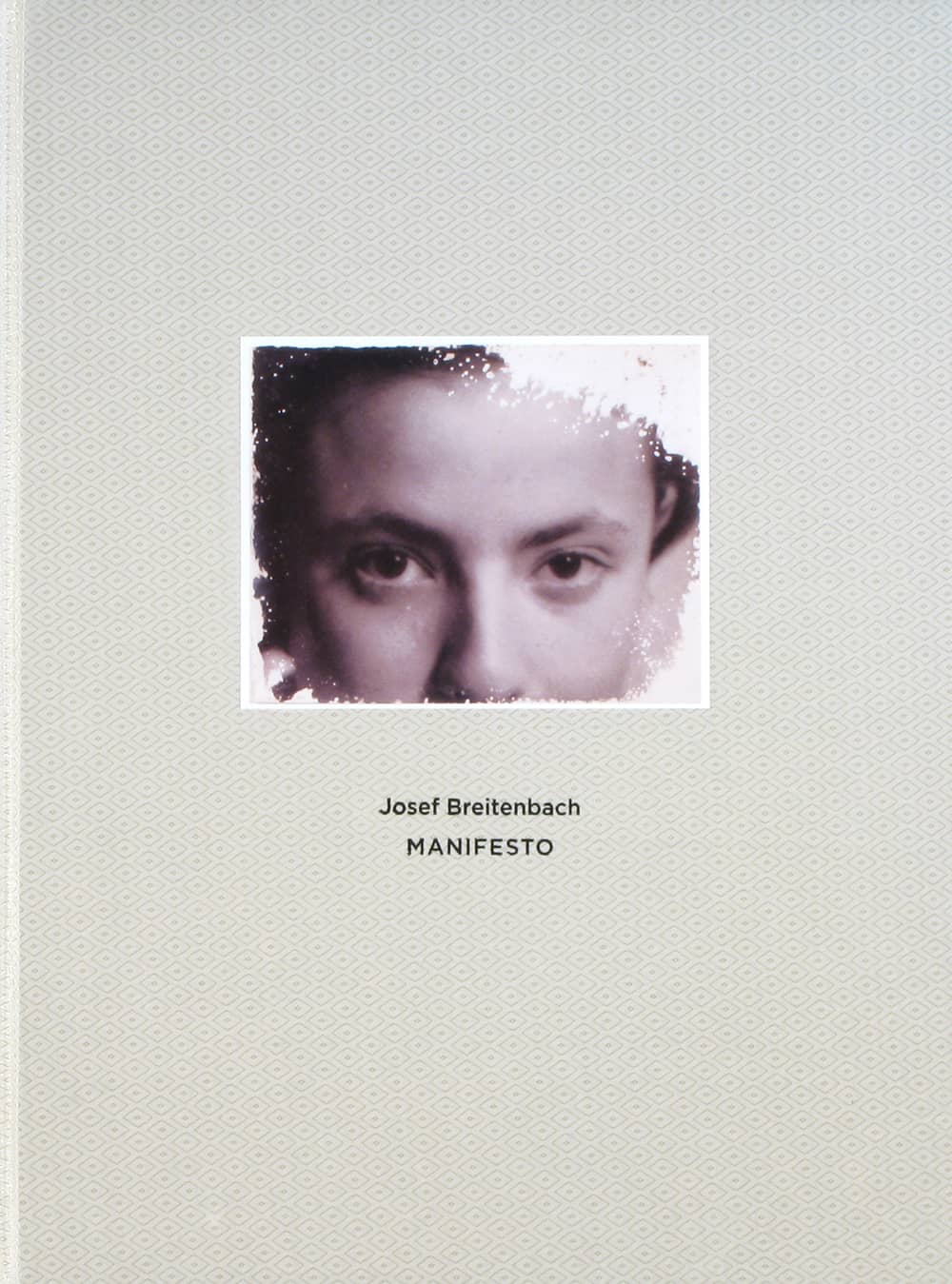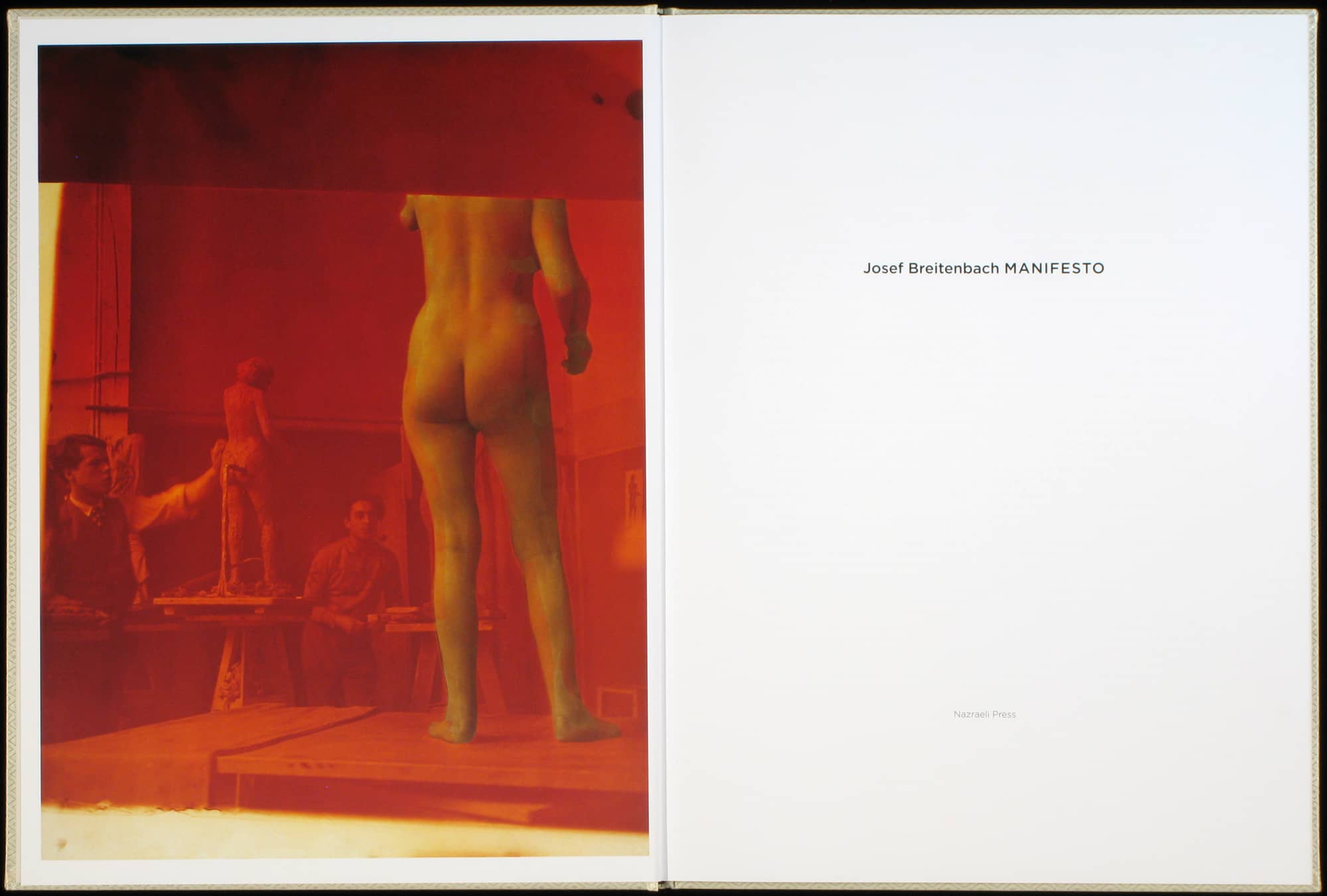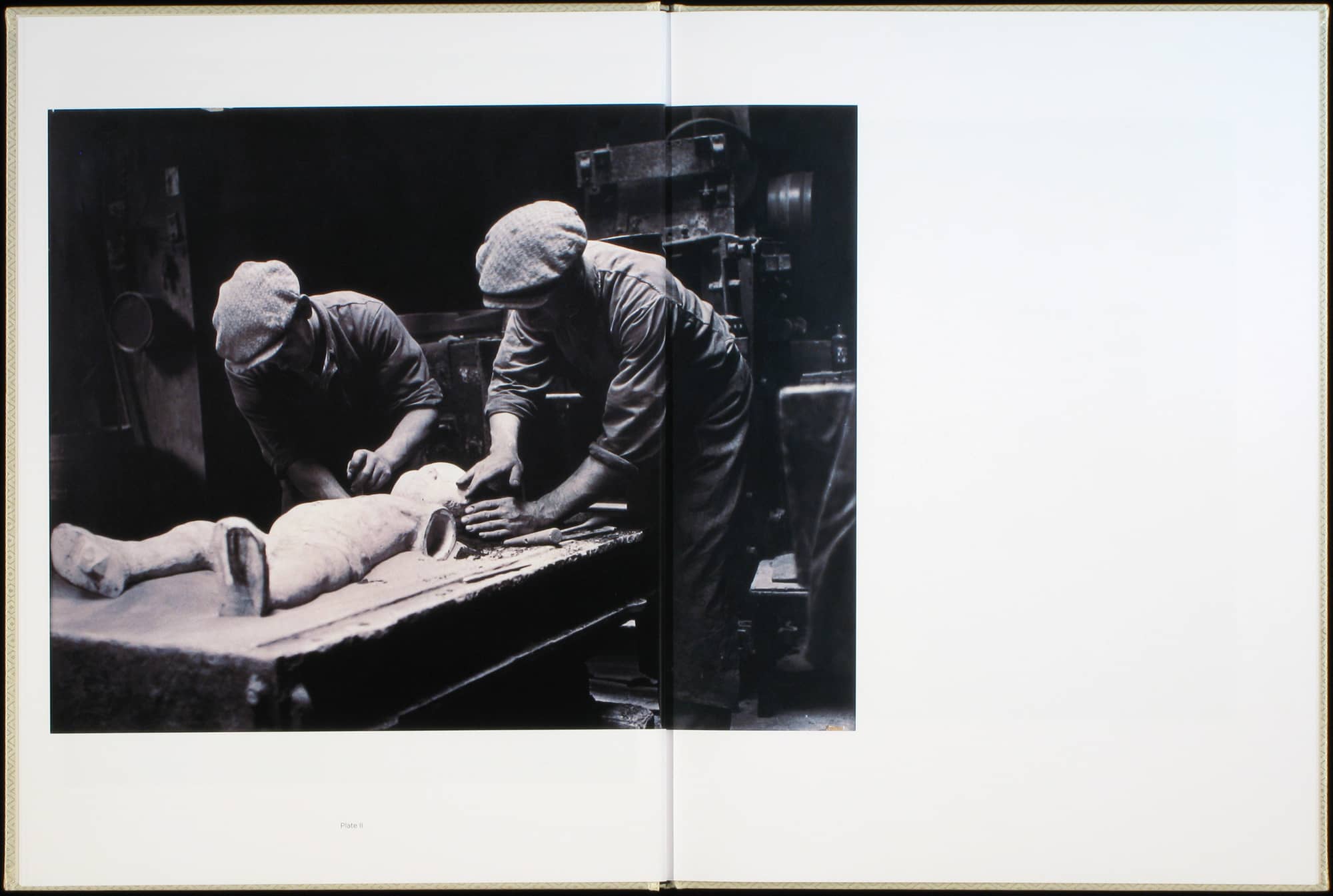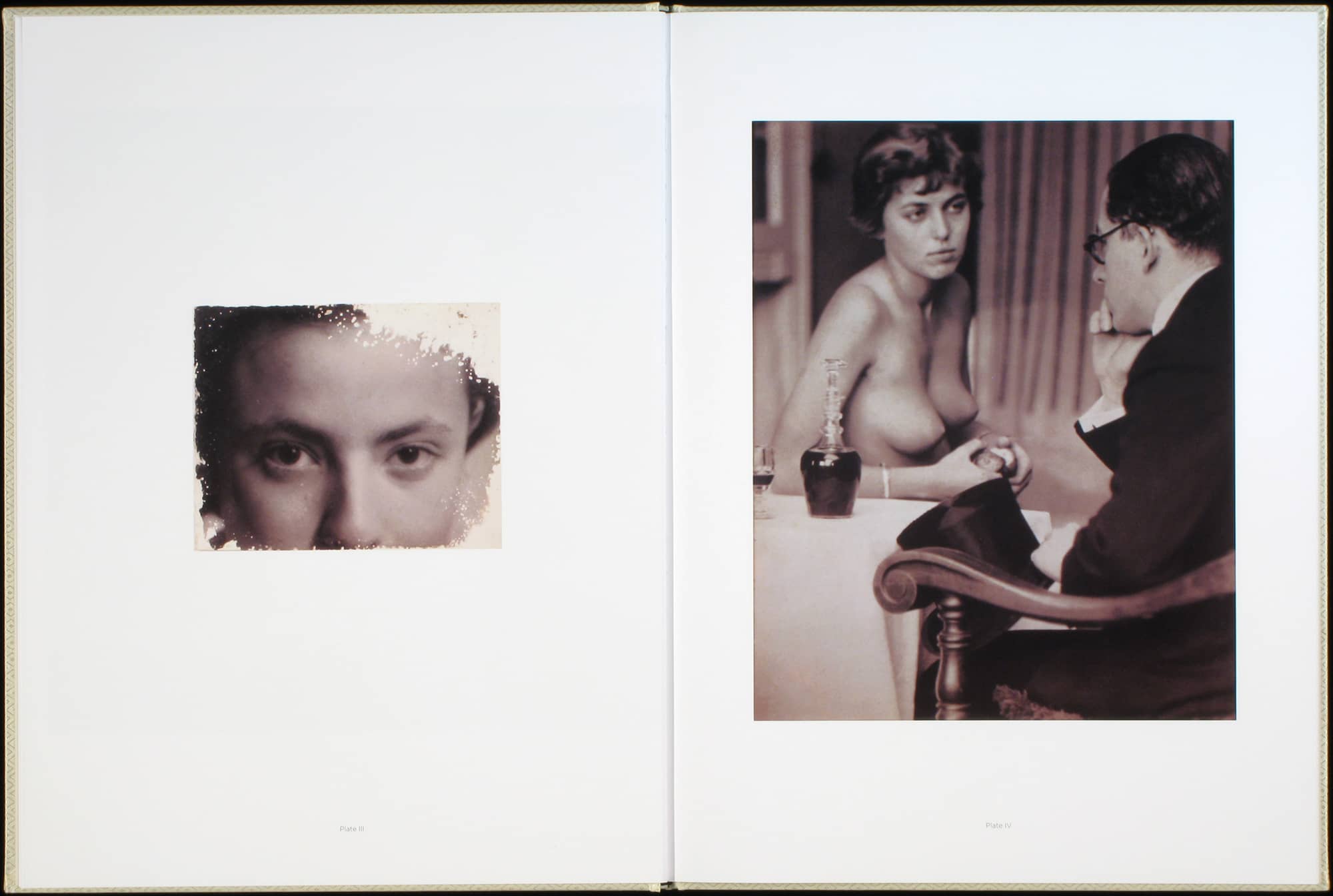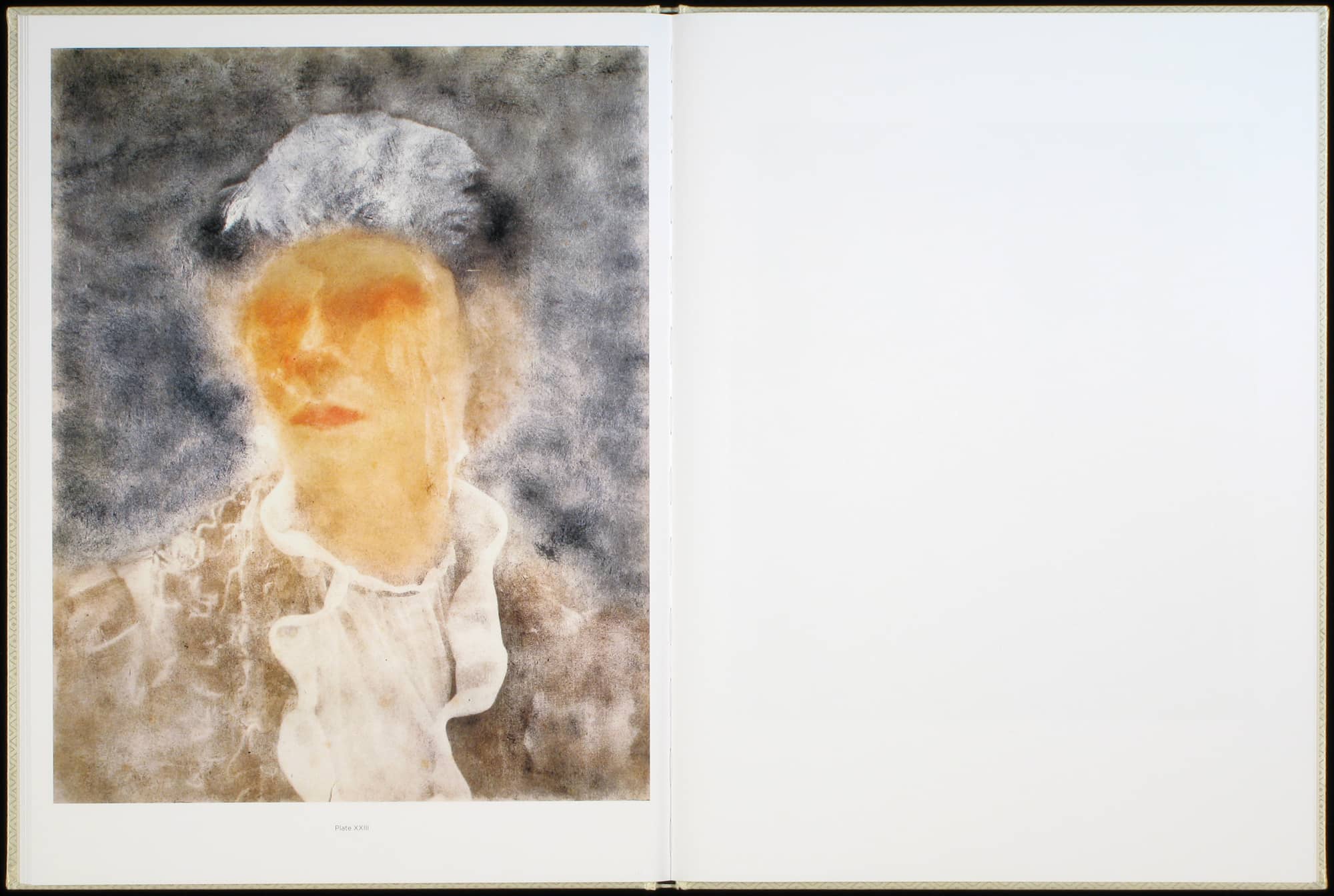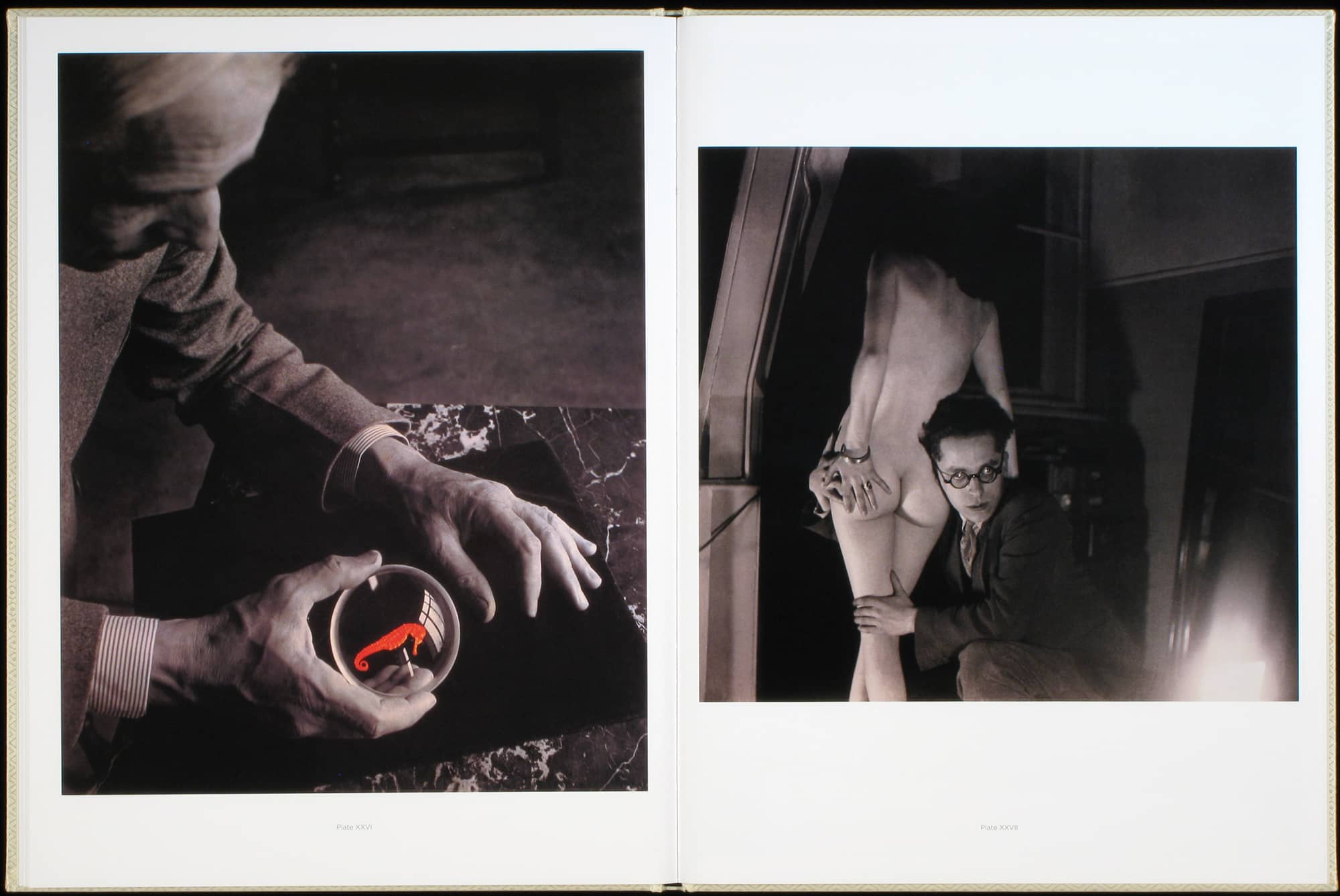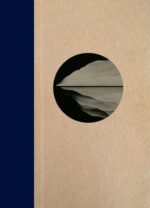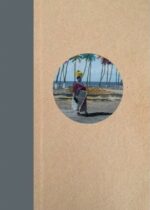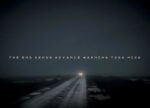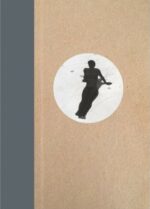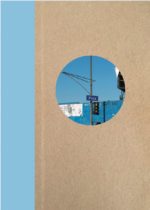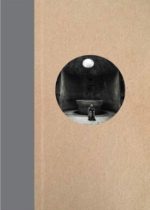Livre Épuisé.
Exemplaire État Neuf.
Né à Munich en 1896, Josef Breitenbach a commencé à photographier tout en travaillant dans l’entreprise familiale de caviste. Ne réussissant guère dans ce dernier, il ouvrit son premier studio photographique en 1932. Munich était alors un bastion de libertaires et de bons vivants, et les clients de Breitenbach comprenaient des acteurs, des stars de cabaret, des écrivains et des personnalités politiques. Ce fut une entreprise de courte durée; quand Hitler est devenu chancelier en 1933, le photographe s’est échappé à Paris, où il est resté pendant les six années suivantes. Là, l’amitié étroite de Breitenbach avec Max Ernst, et son expérimentation avec les techniques d’impression et les manipulations des couleurs, l’ont mis en contact avec le mouvement surréaliste en plein essor, bien qu’il ne soit jamais devenu membre de ce groupe. Son travail a été inclus dans de nombreuses expositions, aux côtés de celui de Man Ray, Brassai et Cartier-Bresson. Après le déclenchement de la guerre et une période d’internement, il s’enfuit à New York et s’établit comme enseignant et photographe commercial. Cependant, ses premiers travaux sont restés invisibles jusqu’à sa découverte surprise, après sa mort, en 1984. Publié en association avec le Josef Breitenbach Trust, Manifesto est un ajout important à la littérature disponible sur cet artiste extraordinaire ; préface de Larisa Dryansky.
Born in Munich in 1896, Josef Breitenbach began taking photographs while working in the family wine merchant business. Proving less than successful at the latter, he opened his first photographic studio in 1932. Munich at that time was a stronghold of libertarians and bons vivants, and Breitenbach’s clients included actors, cabaret stars, writers and political figures. It was a short-lived venture; when Hitler became Chancellor in 1933, the photographer escaped to Paris, where he stayed for the next six years. There, Breitenbach’s close friendship with Max Ernst, and his experimentation with printing techniques and color manipulations, brought him into contact with the thriving Surrealist movement, although he never became a member of that group. His work was included in a number of exhibitions, alongside that of Man Ray, Brassai and Cartier-Bresson. After the outbreak of war, and a period of internment, he fled to New York and established himself as a teacher and commercial photographer. However, his early work remained unseen until its surprise discovery, after his death, in 1984. Published in association with The Josef Breitenbach Trust, Manifesto is an important addition to the literature available on this extraordinary artist.

